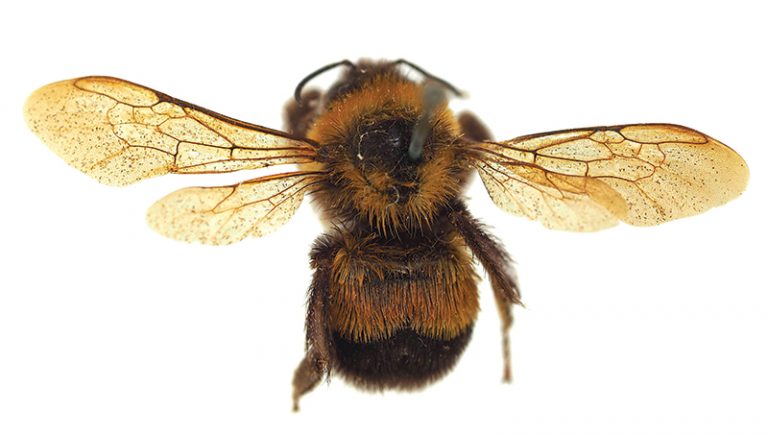This photo is of a rusty-patched bumblebee (Bombus affinis) specimen collected by the Academy of Natural Sciences of Drexel University in 1864 from Ontario, Canada, and it’s relevant because in January, the Bombus affinis became the first bumblebee species placed on the federal endangered species list.
The Academy’s specimen is called a “type specimen” because it was used as the basis for the first scientific description of the species.
John Gelhaus, the entomology curator at the Academy of Natural Sciences, says scientists aren’t exactly clear what caused a drastic decline in the species, but it may have been a fungus carried by “farmed” bumblebees into the wild populations, along with exposure to newer, longer-lasting pesticides.
The U.S. Fish and Wildlife Service said the bee, which was once “so ordinary it moved from flower to flower collecting nectar and pollen,” is now on the brink of extinction. Its abundance has since plummeted 87 percent and today small, scattered populations exist in just 13 states and one Canadian province.
WHAT CAN YOU DO? The Fish and Wildlife Service suggests: “Plant native flowers, even in small plots in urban areas, using a variety that will bloom from spring through fall. Limit or avoid use of pesticides if possible, and always follow label instructions carefully. Foster natural landscapes and leave grass and garden plants uncut after summer to provide habitat for overwintering bees.”


